Home>Furniture & Design>Outdoor Furniture>What Are Good Outdoor Plants?
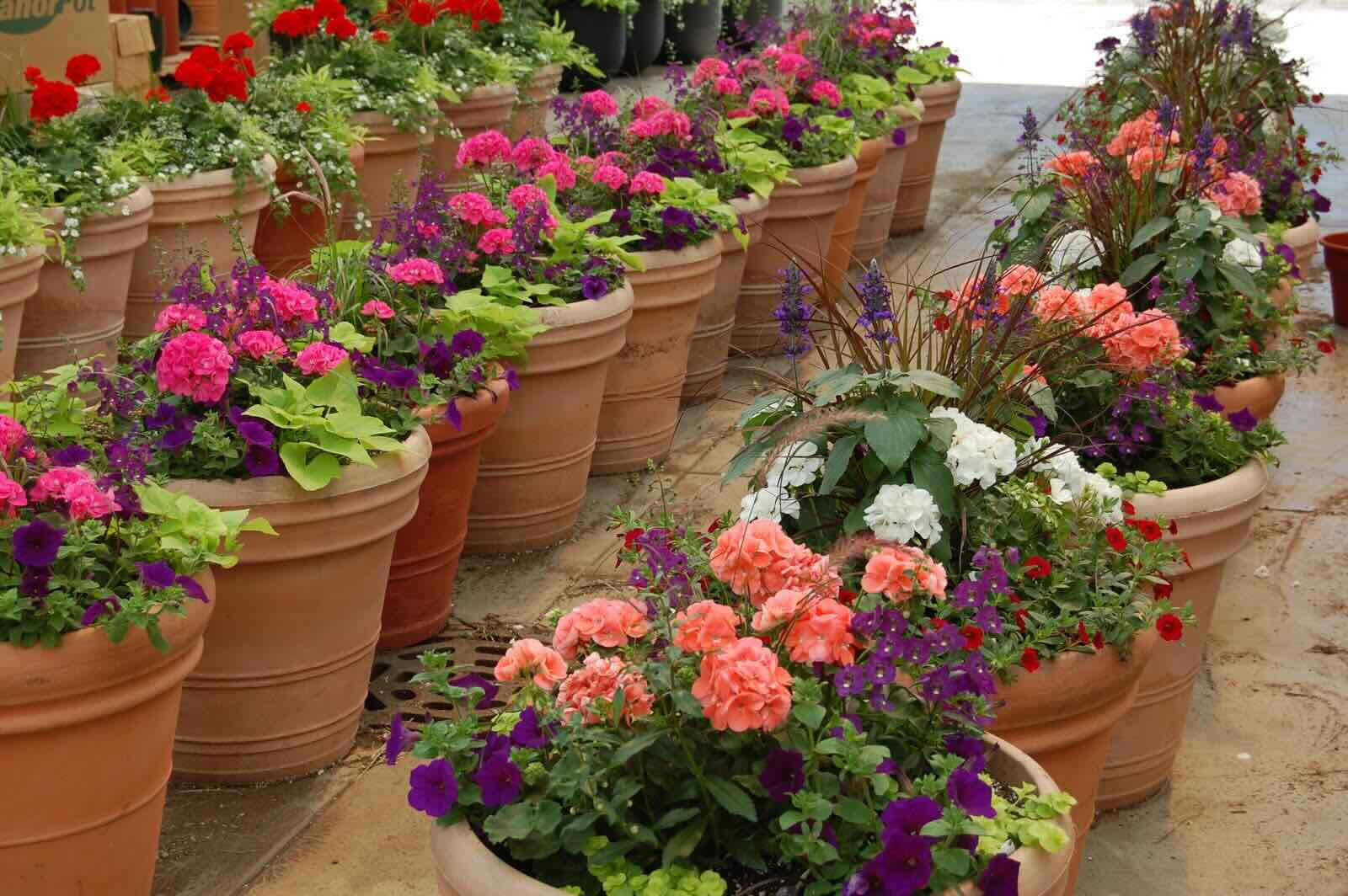

Outdoor Furniture
What Are Good Outdoor Plants?
Published: January 15, 2024
Discover the best outdoor plants to enhance your outdoor furniture and design. Find the perfect greenery for your outdoor space.
(Many of the links in this article redirect to a specific reviewed product. Your purchase of these products through affiliate links helps to generate commission for Storables.com, at no extra cost. Learn more)
Introduction
When it comes to enhancing the allure of your outdoor living space, few elements can rival the beauty and vibrancy of outdoor plants. Whether adorning a patio, balcony, or garden, the right selection of outdoor plants can breathe life into any environment, creating a serene oasis for relaxation and enjoyment. From colorful blooms to lush foliage, the presence of outdoor plants not only elevates the visual appeal of a space but also contributes to a sense of tranquility and well-being.
In this comprehensive guide, we will delve into the world of outdoor plants, exploring the factors to consider when choosing them, popular options for different climates, low-maintenance varieties, and the numerous benefits they offer. Whether you are a seasoned gardener or a novice enthusiast, this guide aims to provide valuable insights to help you make informed decisions and transform your outdoor space into a flourishing haven of natural beauty. So, let's embark on this green journey and discover the wonders of outdoor plants together.
Key Takeaways:
- Outdoor plants enhance the beauty of outdoor spaces, offering vibrant colors and lush foliage while promoting a sense of tranquility and well-being.
- Selecting outdoor plants tailored to specific climates and opting for low-maintenance varieties can create a flourishing oasis with minimal effort, fostering a deeper connection with nature.
Read more: What Are Good Outdoor Winter Plants
Factors to Consider When Choosing Outdoor Plants
Before diving into the world of outdoor plants, it’s essential to consider several factors to ensure that your selections thrive in their intended environment. Understanding these key elements will not only contribute to the overall success of your outdoor plantings but also save you time and effort in the long run.
- Climate: One of the most crucial factors to consider is the climate of your location. Different plants thrive in different environments, so it’s important to select varieties that are well-suited to the temperature, sunlight, and precipitation levels of your area. Be mindful of the hardiness zone and the specific microclimates within your outdoor space.
- Space and Light: Assess the available space and the amount of sunlight that the area receives. Some plants require full sun, while others thrive in partial or full shade. Understanding the light conditions will help you choose plants that are compatible with your outdoor space.
- Soil Quality: The quality and composition of the soil play a significant role in the success of outdoor plants. Conduct a soil test to determine its pH level and nutrient content. This will guide you in selecting plants that are well-suited to the soil conditions or in making necessary amendments to improve the soil quality.
- Maintenance Level: Consider the amount of time and effort you are willing to dedicate to plant care. Some outdoor plants require frequent watering, pruning, and fertilizing, while others are more low-maintenance. Choose plants that align with your maintenance preferences and gardening capabilities.
- Aesthetic Appeal: Determine the aesthetic theme or style you wish to achieve with your outdoor plants. Whether you prefer vibrant floral displays, lush greenery, or a combination of both, selecting plants that complement your design vision is essential for creating a harmonious outdoor space.
By carefully evaluating these factors and conducting thorough research, you can make informed decisions when choosing outdoor plants, setting the stage for a thriving and visually captivating outdoor environment.
Popular Outdoor Plants for Different Climates
When it comes to selecting outdoor plants, the climate of your region plays a pivotal role in determining which varieties will flourish in your outdoor space. Whether you reside in a warm, arid desert climate, a temperate coastal region, or a chilly northern territory, there are numerous plant options that are well-suited to specific environmental conditions. Let’s explore some popular outdoor plants tailored to different climates:
Warm and Arid Climates
In regions characterized by intense heat and limited rainfall, drought-tolerant plants are ideal choices. Succulents such as agave, cacti, and yucca thrive in these conditions, offering striking architectural forms and minimal water requirements. Additionally, bougainvillea, with its vibrant bracts, and lantana, known for its colorful clusters of flowers, are resilient choices for adding visual appeal to arid landscapes.
Temperate Coastal Regions
Coastal areas often experience moderate temperatures and salt-laden air, necessitating plants that can withstand these unique conditions. Hydrangeas, prized for their clusters of blossoms, thrive in coastal climates, as do rosemary, lavender, and oleander. These plants not only add beauty to coastal gardens but also offer fragrant aromas and adaptability to seaside environments.
Read more: What Is A Good Outdoor Potted Plant
Cool and Northern Climates
In cooler climates with distinct seasons, cold-hardy plants that can endure frost and thrive in lower temperatures are essential. Lilacs, celebrated for their aromatic blooms, and hostas, known for their lush foliage, are popular choices for northern gardens. Additionally, ornamental grasses such as feather reed grass and switchgrass add texture and visual interest to cool climate landscapes.
By selecting outdoor plants that are well-adapted to the specific climatic conditions of your region, you can create a flourishing and resilient outdoor oasis that celebrates the natural beauty of your environment.
Low-Maintenance Outdoor Plants
For individuals seeking to infuse their outdoor spaces with natural beauty while minimizing the demands of plant care and maintenance, low-maintenance outdoor plants offer an attractive solution. These resilient and easy-to-care-for varieties not only require minimal attention but also contribute to the aesthetic appeal of any outdoor setting. Here are some popular low-maintenance outdoor plants that are well-suited for busy lifestyles and beginner gardeners:
Succulents and Cacti
Renowned for their water-storing capabilities and minimal upkeep requirements, succulents and cacti are ideal choices for low-maintenance outdoor plantings. These resilient plants thrive in arid conditions and are available in a diverse array of shapes, sizes, and colors, making them versatile options for adding visual interest to gardens, patios, and balconies.
Lavender
With its fragrant blooms and aromatic foliage, lavender is a beloved low-maintenance plant that thrives in sunny outdoor environments. This resilient herb requires minimal watering and pruning, making it an excellent choice for adding both visual and olfactory appeal to outdoor spaces.
Read more: What Is A Good Outdoor Basketball
Daylilies
Daylilies are prized for their vibrant and abundant blooms, and they are well-suited to various climates and soil conditions. These hardy perennials require little maintenance and can thrive in both full sun and partial shade, offering long-lasting floral displays with minimal care.
Ornamental Grasses
For those seeking to introduce texture and movement to their outdoor landscapes, ornamental grasses are exceptional low-maintenance options. Varieties such as feather reed grass and blue fescue require minimal watering and upkeep while adding visual interest and year-round appeal to gardens and borders.
Yarrow
Known for its resilient nature and clusters of delicate flowers, yarrow is a low-maintenance perennial that thrives in various soil types and light conditions. This hardy plant requires minimal intervention and attracts pollinators, making it an eco-friendly and visually captivating addition to outdoor landscapes.
By incorporating these low-maintenance outdoor plants into your outdoor space, you can enjoy the beauty of nature without the demands of intensive upkeep, creating a harmonious and stress-free environment to unwind and appreciate the wonders of the natural world.
Benefits of Outdoor Plants
The presence of outdoor plants offers a myriad of benefits that extend beyond their visual appeal, enriching our lives in diverse and meaningful ways. From enhancing mental well-being to improving air quality, outdoor plants play a vital role in creating inviting and sustainable outdoor environments. Let’s explore the numerous advantages that outdoor plants bring to our lives:
Enhanced Aesthetic Appeal
Outdoor plants contribute to the visual splendor of any outdoor space, adding vibrant colors, lush foliage, and captivating textures. Whether arranged in garden beds, hanging planters, or decorative pots, the natural beauty of plants elevates the aesthetic appeal of patios, balconies, and gardens, creating inviting and picturesque settings for relaxation and enjoyment.
Stress Reduction and Well-Being
Interacting with outdoor plants has been shown to reduce stress, anxiety, and fatigue while promoting a sense of calm and well-being. The act of tending to plants, whether through watering, pruning, or simply admiring their growth, fosters a connection with nature and provides a therapeutic escape from the demands of daily life, nurturing mental and emotional wellness.
Improved Air Quality
Many outdoor plants actively contribute to purifying the air by absorbing harmful pollutants and releasing oxygen. Through the process of photosynthesis, plants filter out toxins and enhance air quality, creating healthier outdoor environments for relaxation and recreation. This natural air purification capability is especially beneficial for urban and suburban settings where air pollution is a concern.
Biodiversity and Habitat Creation
Outdoor plants play a crucial role in supporting local ecosystems by providing food and shelter for various forms of wildlife, including birds, butterflies, and beneficial insects. By cultivating diverse plant species, individuals can contribute to the preservation of biodiversity and create thriving habitats that foster ecological balance and harmony within their outdoor spaces.
Read more: What Are Good Ground Cover Plants
Connection with Nature
Having outdoor plants in our surroundings fosters a deeper connection with the natural world, allowing us to observe the rhythms of growth, bloom, and seasonal changes firsthand. This connection encourages mindfulness, appreciation for the cycles of life, and a sense of stewardship for the environment, nurturing a profound respect for the wonders of nature.
By embracing the myriad benefits of outdoor plants, we can cultivate inviting and sustainable outdoor spaces that not only delight the senses but also nurture our well-being and strengthen our bond with the natural world, fostering a harmonious and enriching outdoor lifestyle.
Conclusion
As we conclude our exploration of outdoor plants, it becomes evident that these natural elements play a multifaceted role in shaping the ambiance and vitality of outdoor living spaces. From the selection of plants tailored to specific climates to the embrace of low-maintenance varieties, the world of outdoor plants offers a diverse array of options for creating captivating and sustainable environments.
By carefully considering factors such as climate, space, and maintenance requirements, individuals can curate outdoor plantings that not only thrive but also reflect their aesthetic preferences and lifestyle needs. Whether adorning a sunny terrace, a shaded garden nook, or a coastal retreat, outdoor plants have the power to transform any outdoor setting into a flourishing oasis of natural beauty and tranquility.
The benefits of outdoor plants extend beyond their ornamental value, encompassing tangible advantages such as stress reduction, improved air quality, and the promotion of biodiversity. Through their presence, outdoor plants foster a deeper connection with nature, encouraging mindfulness, ecological stewardship, and a profound appreciation for the wonders of the natural world.
As we embrace the green journey of cultivating outdoor plants, we are not only enhancing our outdoor spaces but also nurturing our well-being and fostering a sustainable and harmonious relationship with the environment. Whether through the vibrant blooms of daylilies, the hardy resilience of succulents, or the fragrant allure of lavender, outdoor plants enrich our lives and invite us to savor the beauty of the natural world.
So, let us continue to embrace the art of outdoor plantings, tending to these living treasures with care and admiration, and reveling in the transformative power they bring to our outdoor lifestyles. With each plant nurtured and each blossom admired, we contribute to the creation of inviting and sustainable outdoor havens that celebrate the enduring allure of nature.
Frequently Asked Questions about What Are Good Outdoor Plants?
Was this page helpful?
At Storables.com, we guarantee accurate and reliable information. Our content, validated by Expert Board Contributors, is crafted following stringent Editorial Policies. We're committed to providing you with well-researched, expert-backed insights for all your informational needs.
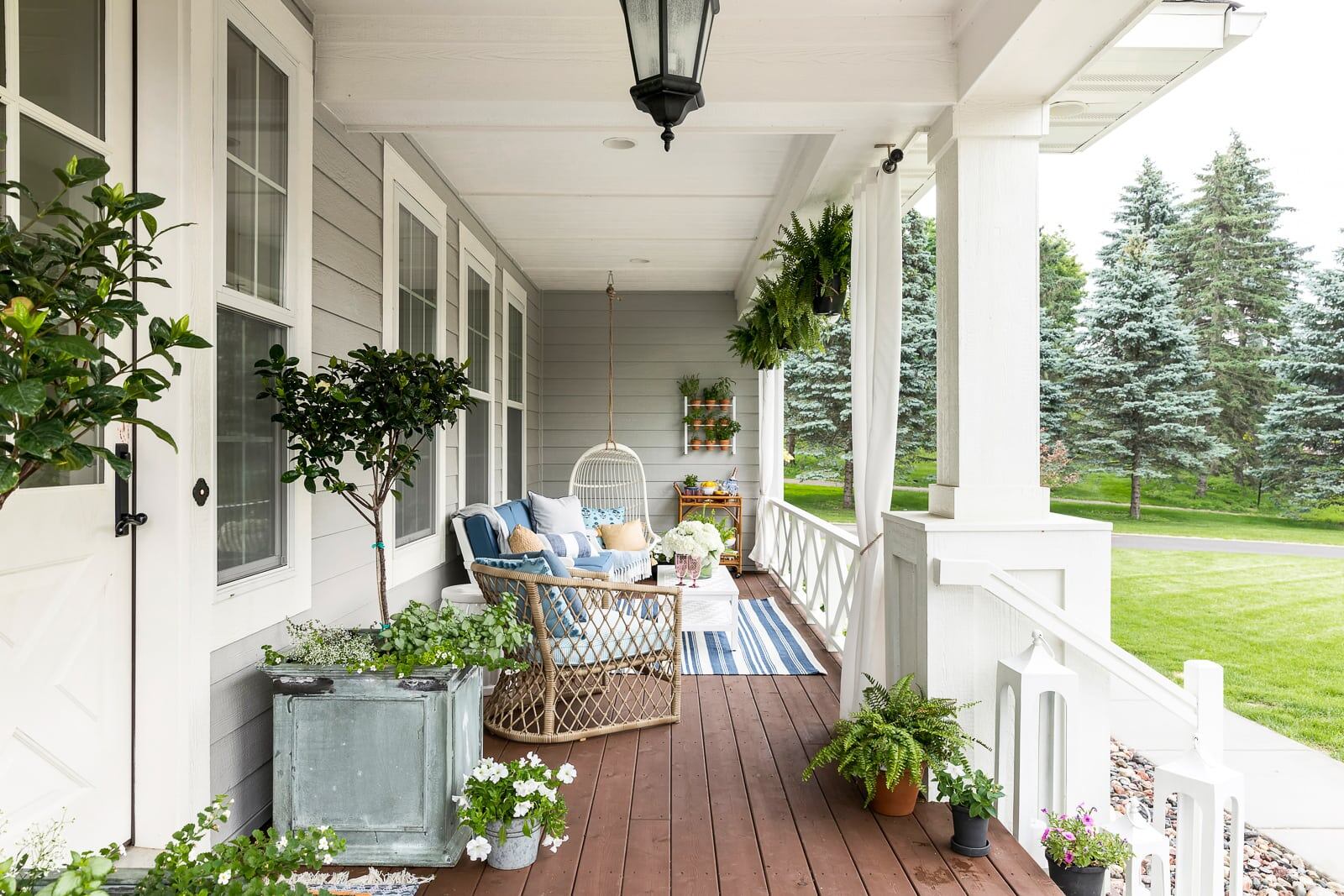

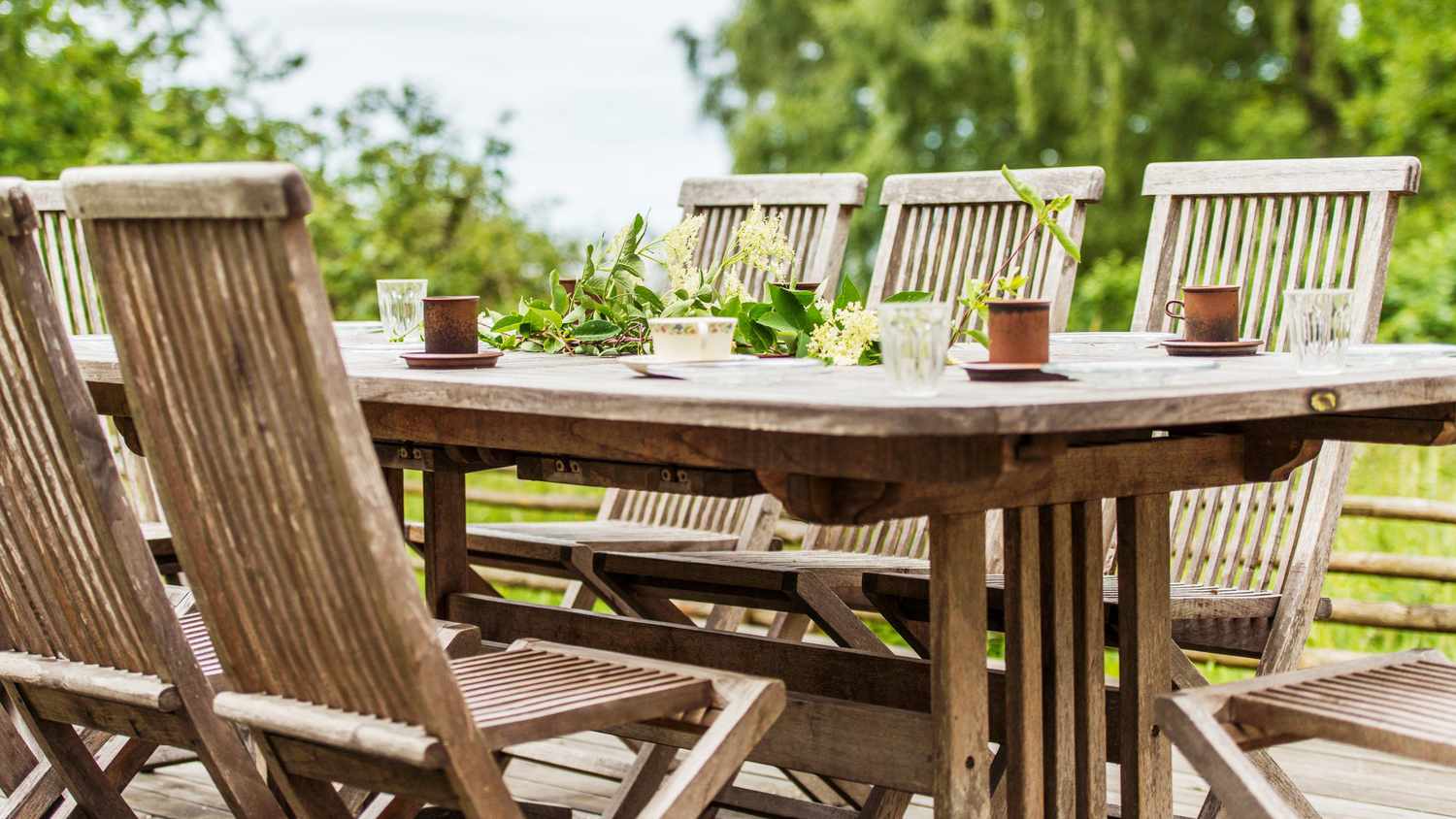

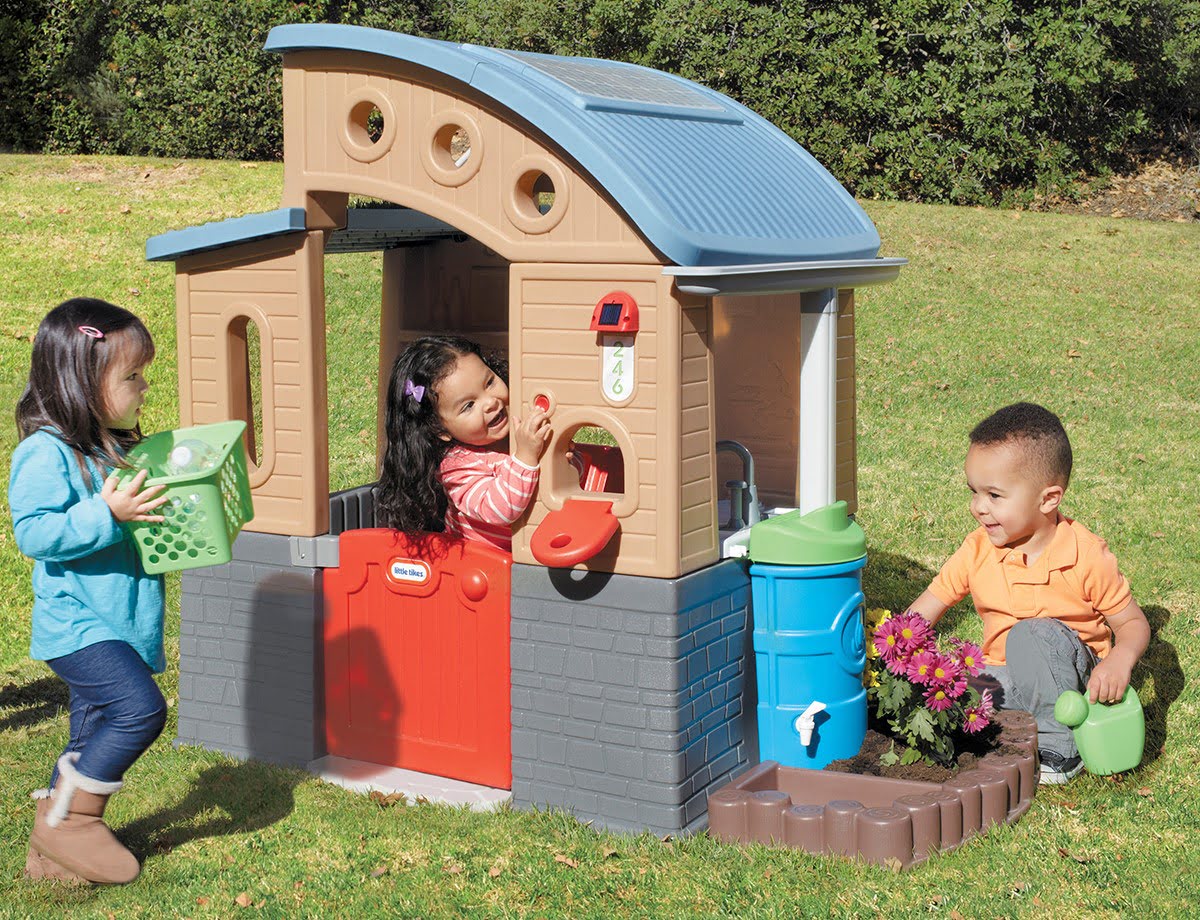
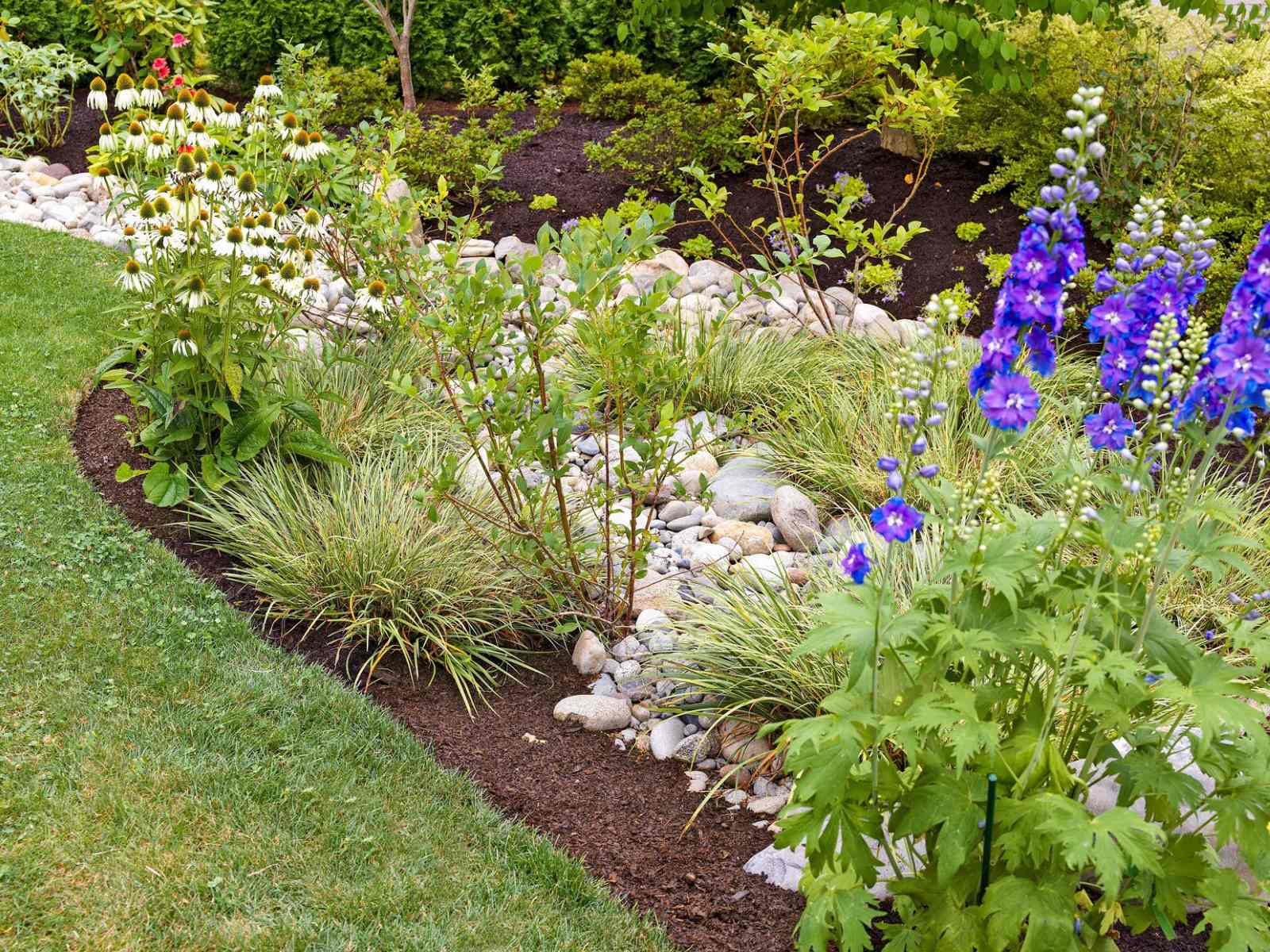

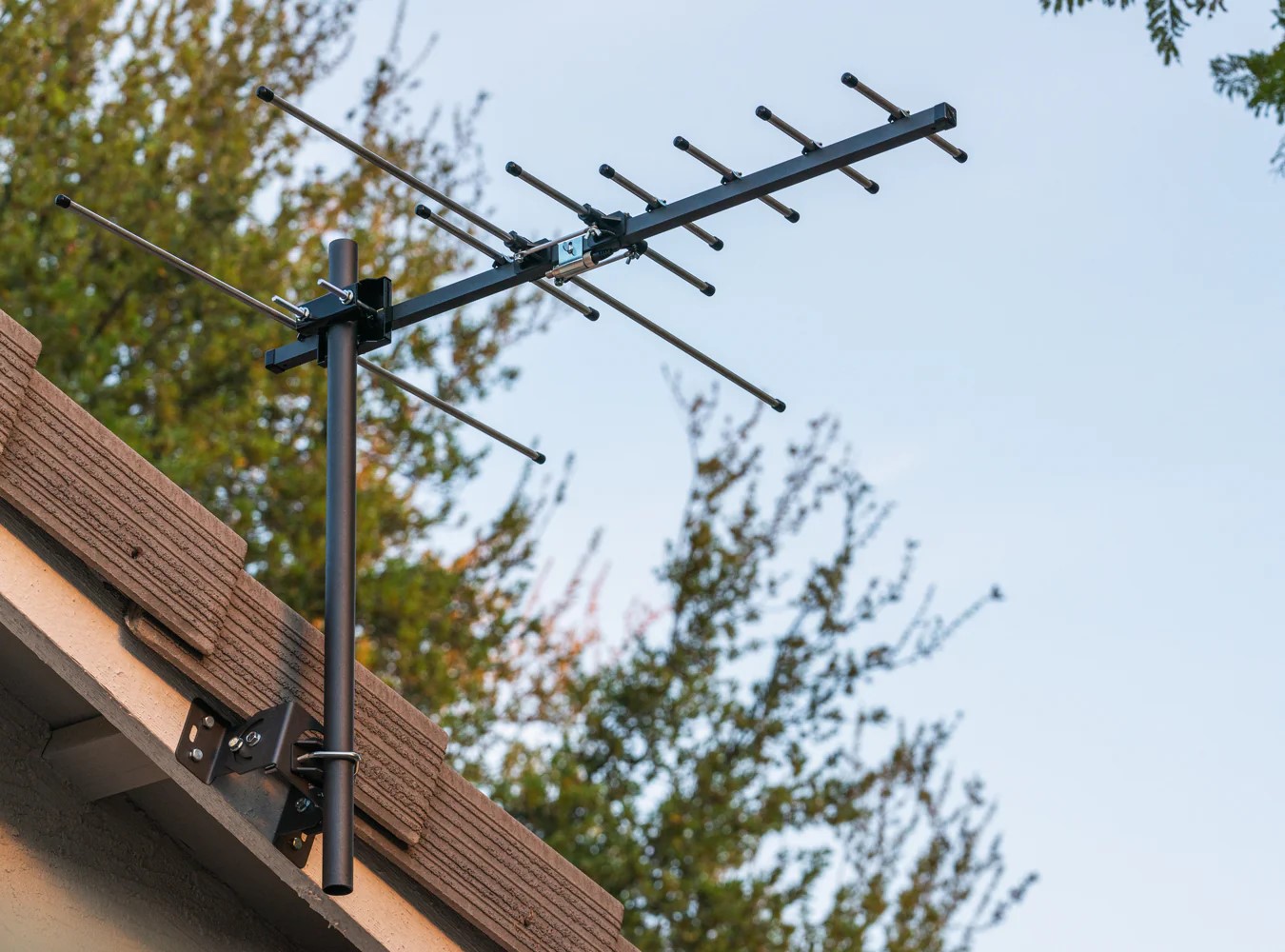

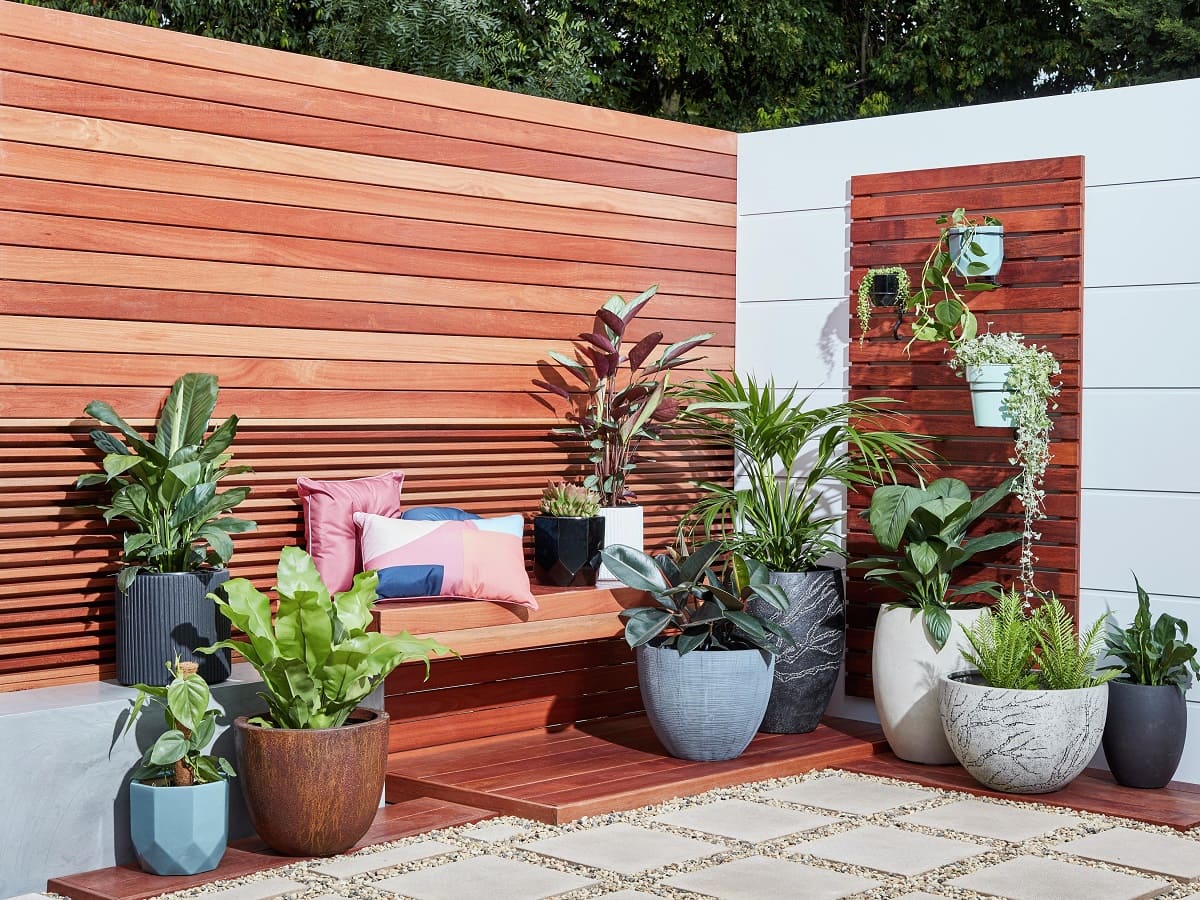
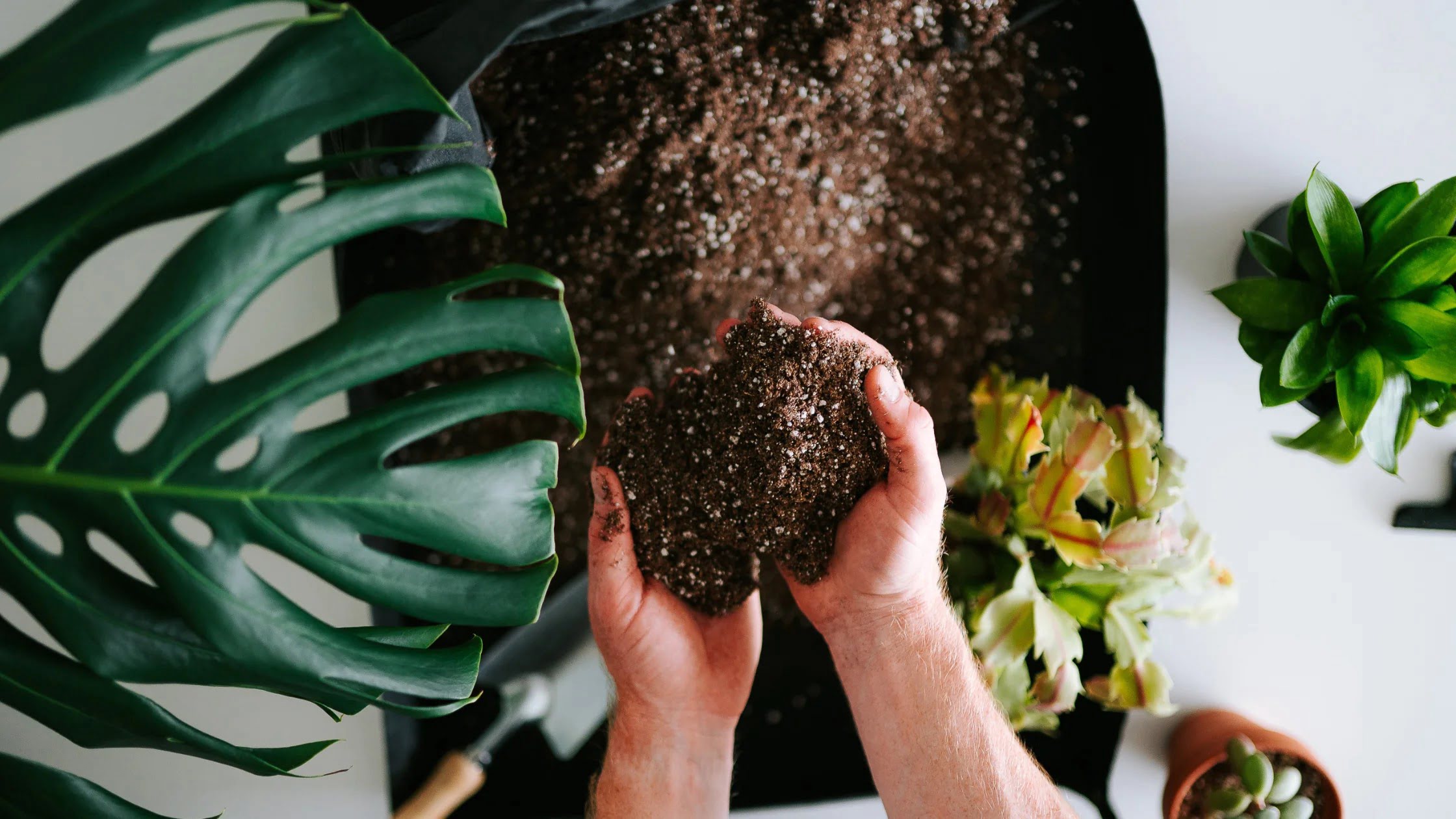

0 thoughts on “What Are Good Outdoor Plants?”